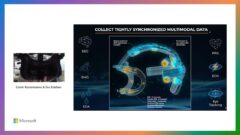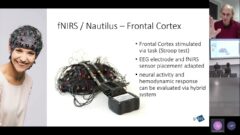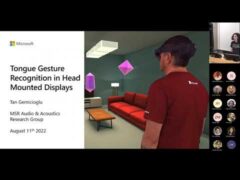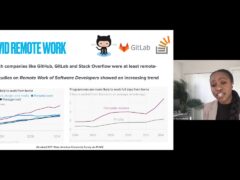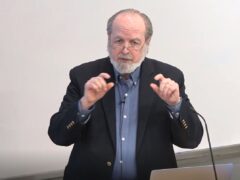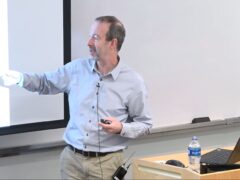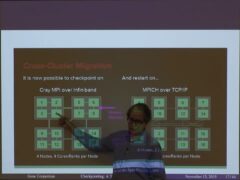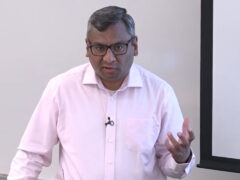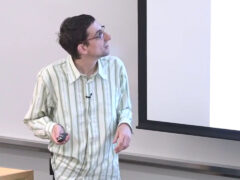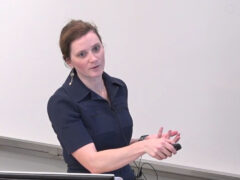The Nanophone: Sensing Sound with Nanoscale Spider Silk
Speaker Details
Distinguished Professor Ron Miles serves as chair of the Department of Mechanical Engineering. His research involves the diverse fields of mechanics, acoustics, vibrations, MEMS, neurobiology, and control systems to create advanced micro acoustic sensors. These devices have applications in consumer electronics, laboratory instrumentation, automotive, hearing aids and other healthcare applications. He currently serves as Associate Editor for the ASME Journal of Vibration and Acoustics. Prof. Ron Miles received his BS in Electrical Engineering from the University of California at Berkeley in 1976, and his MS and PhD in mechanical engineering from the University of Washington. He had worked at Boeing for eight years and was also a faculty fellow in the Structural Acoustics Branch at NASA Langley. Dr. Miles has published over one hundred scholarly articles and presented over seventy invited lectures.
- Series:
- Microsoft Research Talks
- Date:
- Speakers:
- Ronald Miles
- Affiliation:
- Binghamton University
-
-
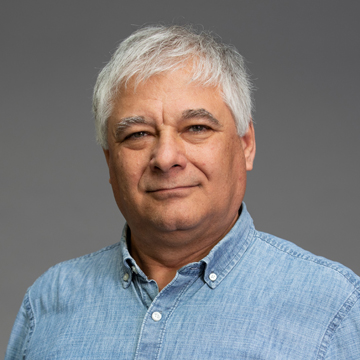
Ivan Tashev
Partner Software Architect
-
-
Series: Microsoft Research Talks
-
-
-
-
Galea: The Bridge Between Mixed Reality and Neurotechnology
Speakers:- Eva Esteban,
- Conor Russomanno
-
Current and Future Application of BCIs
Speakers:- Christoph Guger
-
Challenges in Evolving a Successful Database Product (SQL Server) to a Cloud Service (SQL Azure)
Speakers:- Hanuma Kodavalla,
- Phil Bernstein
-
Improving text prediction accuracy using neurophysiology
Speakers:- Sophia Mehdizadeh
-
-
DIABLo: a Deep Individual-Agnostic Binaural Localizer
Speakers:- Shoken Kaneko
-
-
Recent Efforts Towards Efficient And Scalable Neural Waveform Coding
Speakers:- Kai Zhen
-
-
Audio-based Toxic Language Detection
Speakers:- Midia Yousefi
-
-
From SqueezeNet to SqueezeBERT: Developing Efficient Deep Neural Networks
Speakers:- Sujeeth Bharadwaj
-
Hope Speech and Help Speech: Surfacing Positivity Amidst Hate
Speakers:- Monojit Choudhury
-
-
-
-
-
'F' to 'A' on the N.Y. Regents Science Exams: An Overview of the Aristo Project
Speakers:- Peter Clark
-
Checkpointing the Un-checkpointable: the Split-Process Approach for MPI and Formal Verification
Speakers:- Gene Cooperman
-
Learning Structured Models for Safe Robot Control
Speakers:- Ashish Kapoor
-
-




